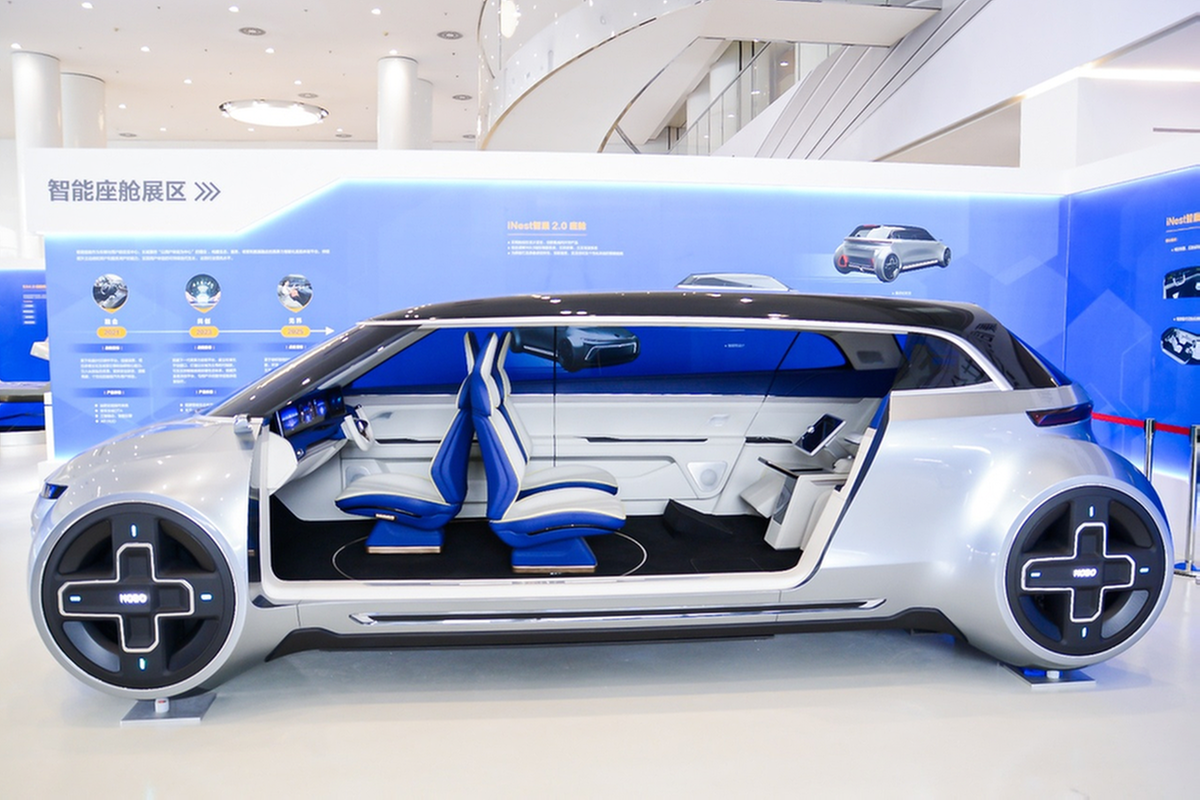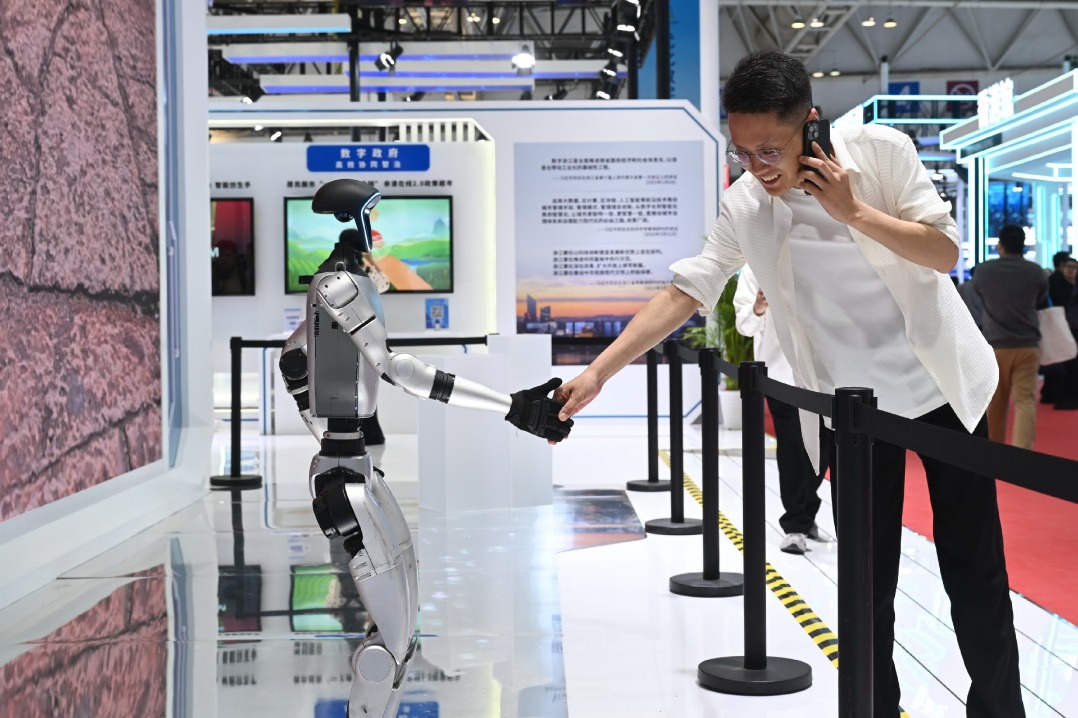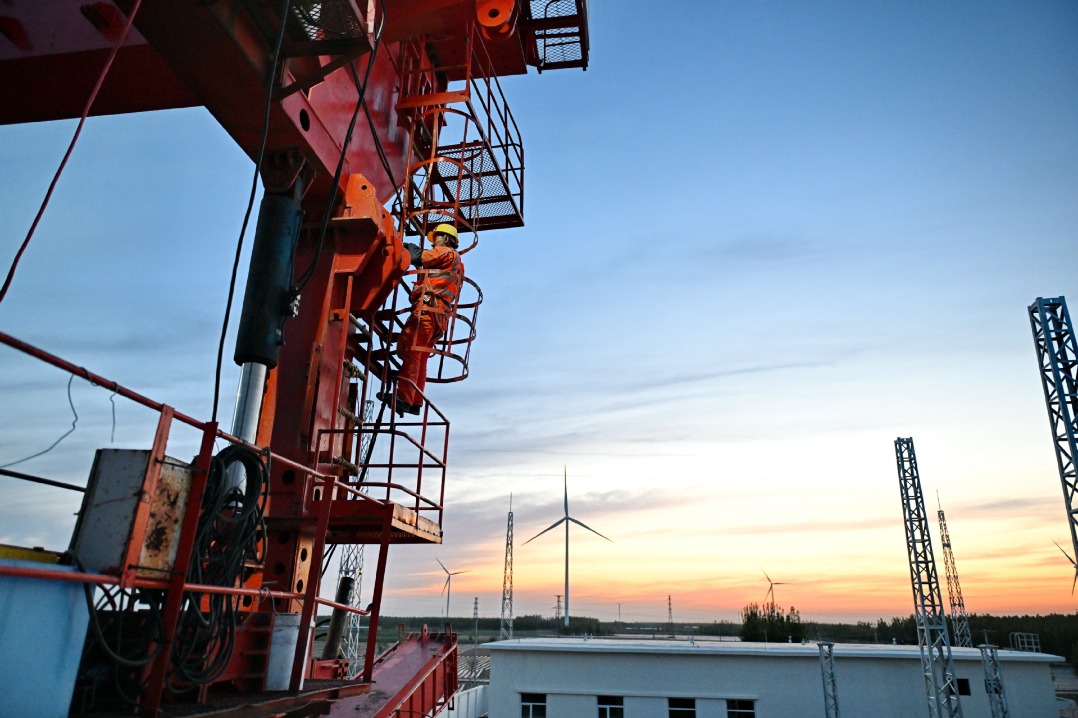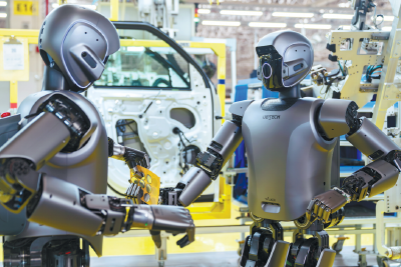3 battlegrounds where NEVs will fight for future


From January to October last year, China's new energy vehicle production reached 2.57 million units and sales stood at 2.54 million units, both up around 180 percent year-on-year. Although adversely affected by COVID-19, production capacity issues and a global chip shortage, full-year sales of NEVs are expected to have exceeded 3 million units and secured a market share of between 13 and 14 percent by the end of 2021.
China's latest 15-year development plan (2021-35) for the NEV industry has set a market penetration target of 40 percent by 2030. Based on recent trends, this is not an insurmountable goal. Moreover, the NEV market is expected to reach a scale of trillions of yuan by that time.
The global NEV industry continues to be a hot spot for investment, with around $400 billion being poured into the sector over the past decade, including more than $100 billion since 2020. Robust global growth and prosperous development have attracted interest from traditional vehicle manufacturers, emerging NEV companies and technology giants, and all of them want to secure a share of the burgeoning market. Specifically, the NEV race has come down to three battlegrounds-software R&D, business models and branding.
Three pillars of growth
What is fueling the future of electric vehicles? First, climate change and policy regulations.
Countries and regions worldwide are now adopting new energy as a strategic development direction and encouraging the green transformation of the automotive industry. The European Union, for example, has pledged to reduce greenhouse gas emissions by at least 55 percent by 2030. Meanwhile, the United States is aiming to make half of all cars NEVs by 2030. If China can meet the targets outlined in its proposed development plan, the nation's auto industry will be able to peak carbon emissions by 2030.
According to the McKinsey China Auto Consumer Insights 2021 report, policies and consumer preferences for low-carbon and environmentally friendly products are among the leading motivators for NEV purchases, accounting for 68 percent.
Second, technological innovation and mass adoption of critical technologies are key to NEV development. NEVs have had their ups and downs in this regard throughout history.
With technological advances, production costs of NEVs will continue to fall. Market supply and demand will also become more balanced with increased brand recognition and improved manufacturing capabilities. McKinsey's analysis shows NEVs can reach cost parity with internal combustion engine vehicles, or ICEVs, by 2025.
Third, consumer interest in NEVs is increasing. According to a survey from Consumer Reports on NEVs, 63 percent of Chinese car owners consider buying an NEV at some point in the future, a surge from 20 percent in 2017.
Software R&D
Software is redefining cars. In the digital era, vehicles are more than a means of transportation-they have become a lifestyle and an ecosystem where customers enjoy various digital solutions.
Analysis by IHS Markit shows that 45.7 percent of Chinese consumers regard in-vehicle technologies such as the internet of things, OTA(over-the-air) upgrades and autonomous driving as key purchase factors, second only to safety, configuration and energy efficiency. Thus, launching an all-in-one solution that covers both hardware and software is crucial for industry players.
In the past, R&D teams at traditional carmakers were mainly mechanical engineers who regarded cars as hardware products and believed that software was merely the icing on the cake. Now it is time for them to wake up to the new reality and redouble their efforts in this decisive battle for software integration.
Some tech companies such as Huawei have already defined their positions in terms of cooperating with automakers. The company clearly states that "Huawei does not make cars. We focus on ICT (Information and Communications Technology) and aim to enable carmakers to build better vehicles." Other Chinese tech giants such as Xiaomi have chosen to make a foray into the auto sector with plans to build their own car factories.
However, tech companies entering the auto field, especially with NEVs, will face greater challenges and responsibilities. While they may be strong on software development, automotive hardware R&D presents major barriers, with implications ranging from market demand to stringent regulations on safety, quality and carbon emissions that need to be taken into consideration.
Business models
In the evolving mobility ecosystem, the interaction between carmakers and consumers has been redefined. It is now being driven and led by consumer behavior, and is becoming more diversified and comprehensive.
Taking the D2C (direct-to-consumer) business model as an example, car brands can forge closer ties with consumers when the latter can test-drive vehicles at physical stores and place orders directly from manufacturer websites. In the process, going direct improves the customer experience with unified and transparent pricing and integrated services across the whole life-cycle.
The e-commerce surge has also spurred the NEV race and is disrupting the traditional agency sales model in the auto market. Unlike traditional automakers, whose marketing teams are mostly from original equipment manufacturers, emerging NEV companies tend to hire those who have worked in consumer electronics or fast-moving consumer goods, allowing them to take full control of their sales network and, at the same time, get a better picture of consumer behavior and preference.
Emerging NEV makers are continuously reinventing their sales models to eliminate buyer concerns and make it easier to purchase NEVs. Wu Zhao, a partner at consultancy Roland Berger and an auto industry expert, said another earthshaking approach in customer relationship management has been the creation of user communities where buyers become loyal fans of brands and attract more new buyers, generating a ripple effect via word-of-mouth.
In terms of the industry chain, Tesla created a new market for NEVs and autonomous cars, and other carmakers followed suit. A similar effect is now propelling China's NEV makers forward and is giving birth to enormous solution providers and various business models that will boost NEV manufacturing, tackle capacity bottlenecks and streamline deliveries.
While dealers prioritize cash flow and sales, there is an urgent need for traditional carmakers to work together with dealers with a focus on "customer value" and find a path that suits them.
Branding
Chinese consumers are exhibiting growing demand for "smart" features and connectivity. Research by McKinsey back in September 2017 showed that they have high expectations for in-car services and want continuous improvements and updates of existing features. If demand is not met, 64 percent of consumers in China may go for other brands-substantially more than the 37 percent in the US and 19 percent in Germany.
The rapid development of the internet has pushed cars beyond their function of mobility. Green technologies, intelligence and technology, improved charging facilities and range capacities will become the major concerns for NEV brands in the future.
So, what makes Tesla a superstar? According to January 2021 data, Tesla's R&D investment per vehicle was $2,984, dwarfing peer US carmakers such as Chrysler ($784), General Motors ($878) and Ford ($1,186).
That said, Tesla spends nothing on advertising. Yet the company enjoys a high brand awareness in the NEV industry and the automotive industry as a whole, thanks to its cutting-edge technologies.
Roland Berger's Wu Zhao believes that Tesla has three technological advantages.
First, Tesla is the industry leader in batteries, electric traction motors and power electronics (the "big three"). Since its establishment, Tesla has always regarded independent battery, motor and electronic control technology R&D as its foundation. It has made continuous breakthroughs in energy storage capacity.
Second, it is a pioneer in autonomous driving. With a focus on vision-based solutions for auto-piloting vehicles, Tesla has mass produced a level-4 autonomous driving car (demo version) in North America.
Third, the company has the potential to become a future leader in "robotaxis". As the NEV giant has beaten competitors to the punch in level-4 and advanced autonomous driving technologies, it is very likely to become the first global robotaxi services provider.
In the face of technological revolution, traditional auto manufacturers need to scale up investment in the NEV business. They have to change not only in terms of technologies and products, but also in terms of mindsets-shifting from being "product-centered" to "customer-value-centered". It is no longer a matter of development, but of survival.
Moreover, traditional carmakers, emerging NEV makers and tech giants all need to realize that smart technologies will define core competencies in the future. Players in the automotive industry should accelerate their "customer-value-centered" transformation by developing autonomous driving vehicles that are most suitable to local traffic conditions. Only in this way can they improve their core competencies, build brand awareness and reputation, and produce competitive products with value-added services.
The writer is professor of economics and decision sciences at CEIBS.
The views don't necessarily reflect those of China Daily.




































